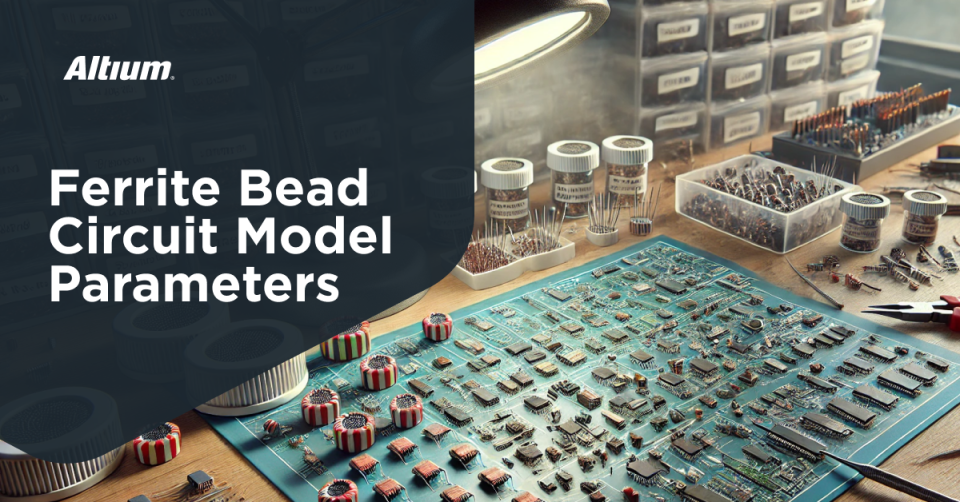Simulation / Analysis for PCB Design
Validate your designs with powerful simulation and analysis tools, ensuring optimal functionality, reliability, and performance before manufacturing. Simulation and analysis can be performed pre-layout in your schematics, and post-layout in your finished physical design. Altium Designer includes resources to help you succeed in both areas with an integrated SPICE simulator, reflection and crosstalk simulators, and integration with 3rd party field solvers. Browse our library of resources to learn more about using simulation tools and analyzing electrical behavior in your designs.
Filter
found
Sort by

















